Canning foods is a process that helps to stop or delay spoilage, loss of quality, shelf life, or nutritional value. This allows for longer storage.
Preservation typically prevents the growth of bacteria and fungi, as well as other microorganisms. It also prevents visual deterioration. There are many traditional food preservation methods that limit energy inputs and reduce the carbon footprint.
Maintaining or creating nutritional value, texture, and flavor is an important aspect of food preservation, although historically some methods have changed. In many cases, these changes have been introduced to better preserve the desired qualities.
One of the greatest delicacies, which need to be preserved is olives. Here is the recipe for this:
Ingredients: 2 kg of olives, 1.25 liters of water, 3 tablespoons of table salt, 600 milliliters of vinegar, 4 cloves of garlic, finely chopped, 4 tsp. oregano, dried, 1 - 4 small red chili peppers, 12 tablespoons of olive oil
Method of preparation:
For this quantity you will need 4 large glass jars, washed and sterilized with boiling water. The olives are lightly crushed, preferably with a large stone, until one end cracks on one side. Another option is to make three cuts on each one from the stem to the tip. This helps to release their juice. Leave them to soak in salted water, which is changed every day, for a week.
After a week:
Strain the water and wash the olives. Place them in clean glass jars. Add the salt and vinegar. Add the finely chopped chili peppers, garlic and fresh oregano. Finally, pour the olive oil.
In about 3 to 4 weeks, the olives will be ready.
Check out how you can make your own olives in brine, crunchy pickled olives or learn how to store olives at home.
Here are some tips for marinating olives.
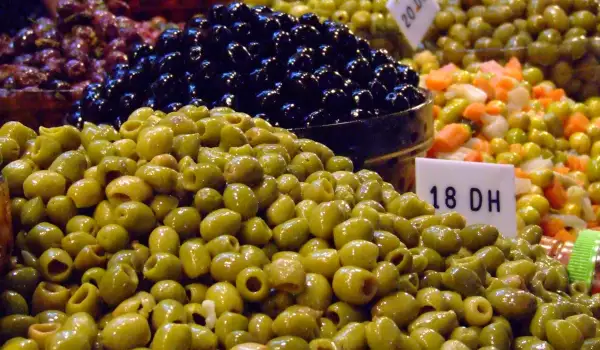





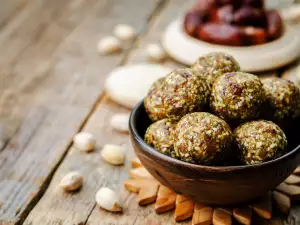

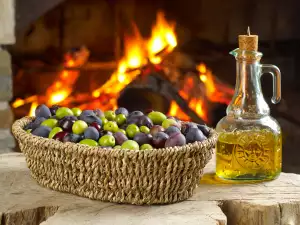
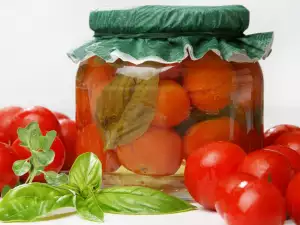
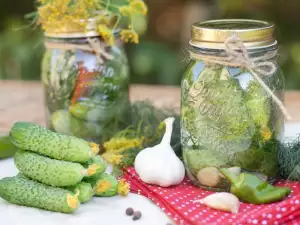
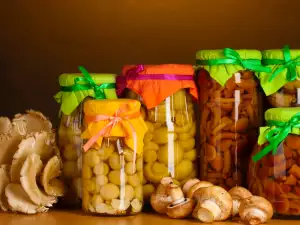

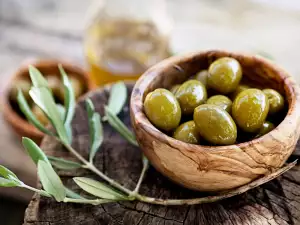
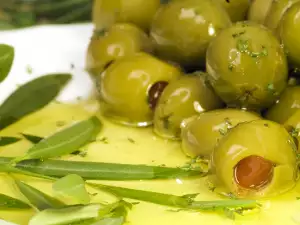
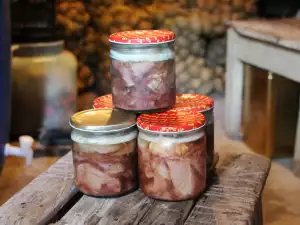




Comments